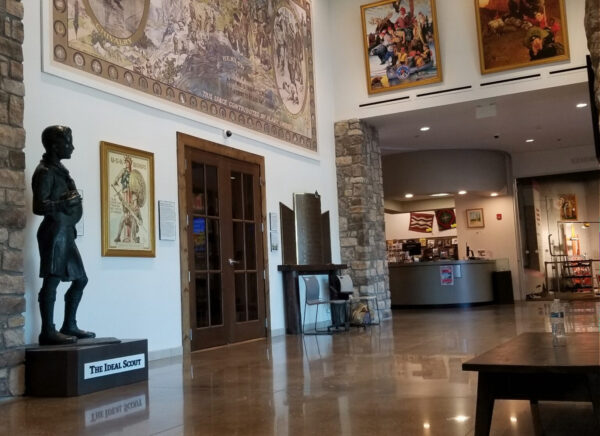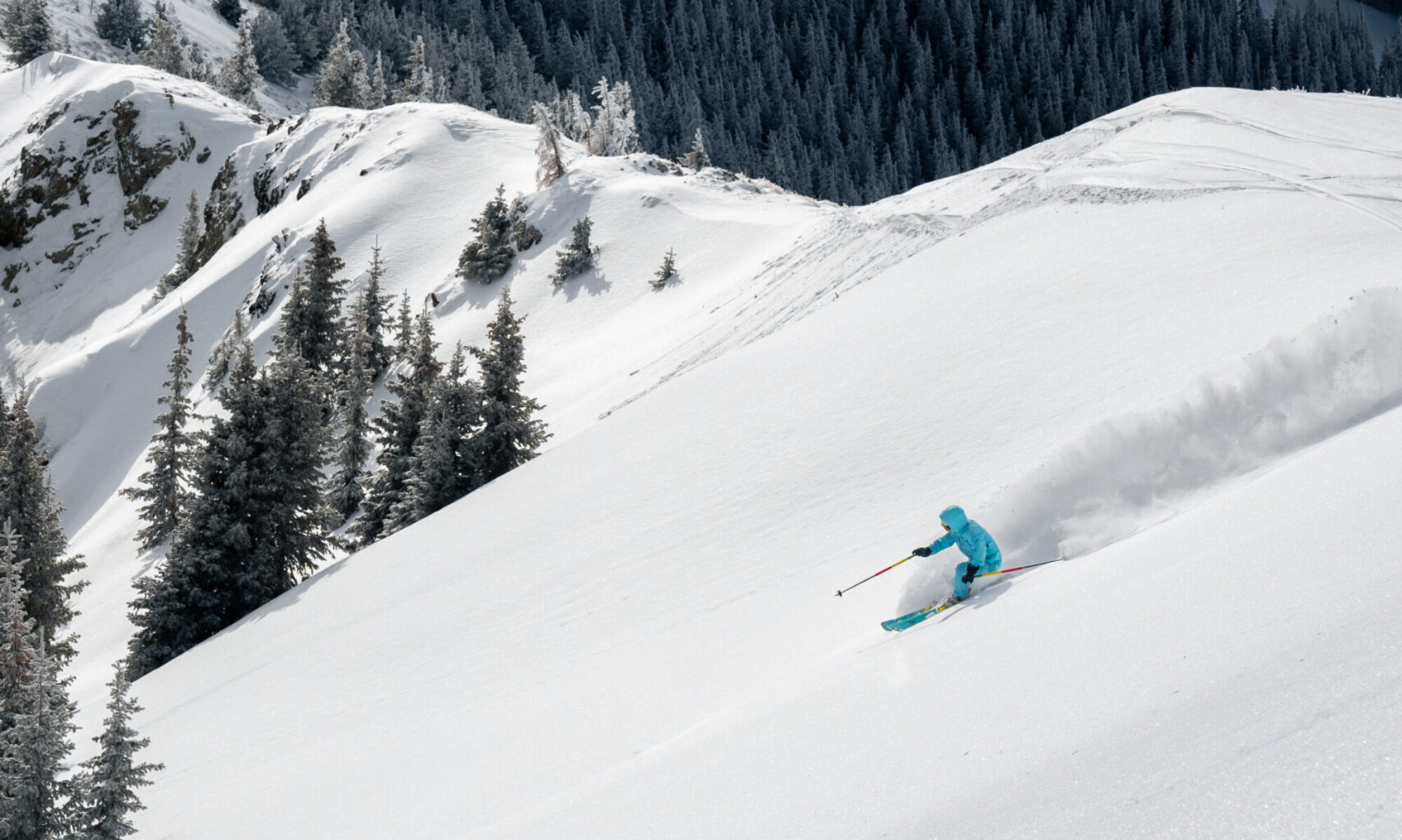Find Stunning art, history, colorful characters and more
By Ellen Miller-Goins
Why head for the nearest museum? These treasure troves off er an educational experience that goes beyond textbooks. Some visitors hope to learn about the past, while others are curious about the community they are visit ing. Some just make a point to enjoy unique art and culture. Whatever your reasons, Northern New Mexico offers myriad opportunities.
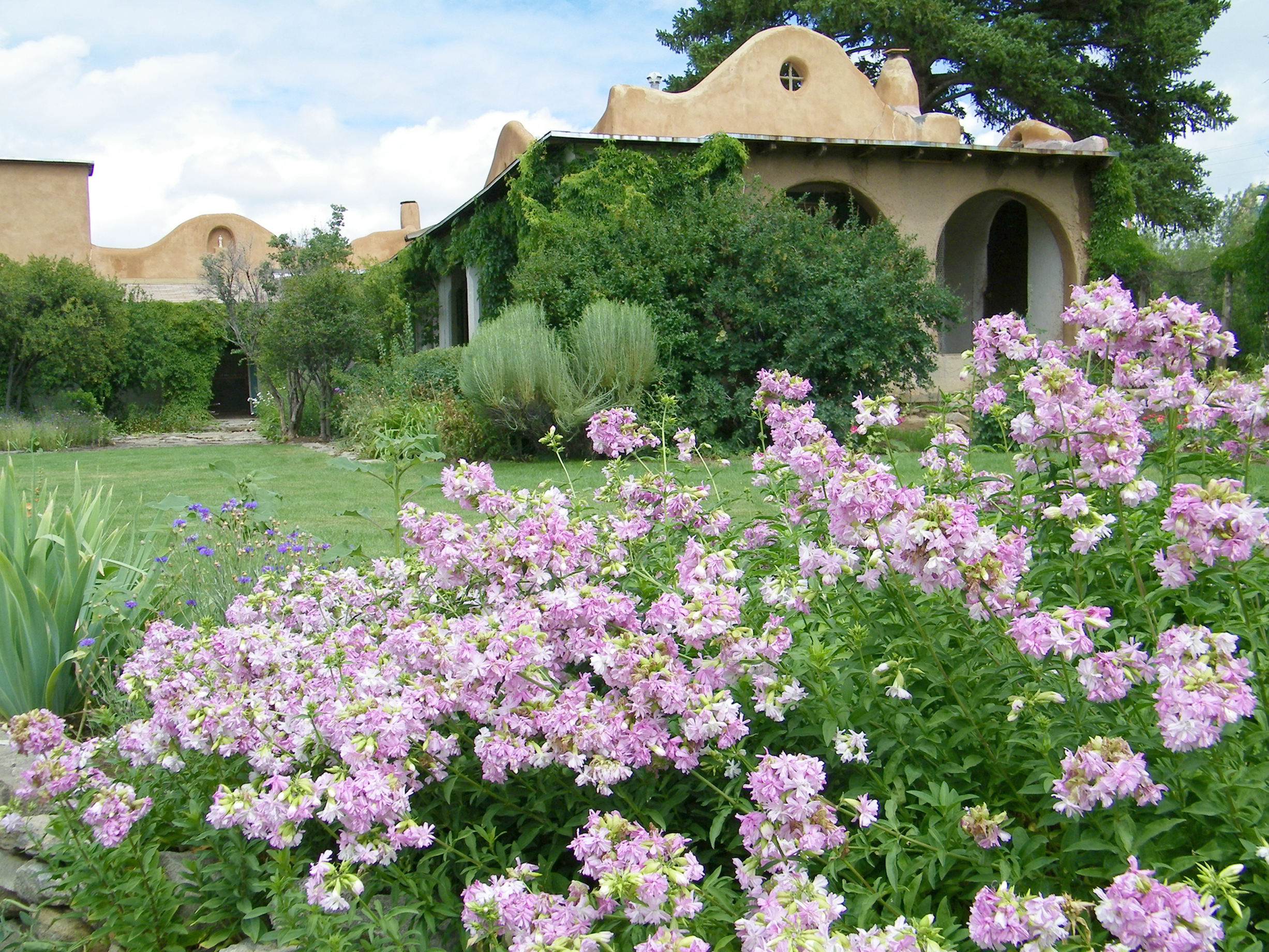
QUESTA HISTORY TRAIL
The Questa History Trail is a half-mile walking route that begins at the intersection of state highways 522 and 38 and makes a loop through the historic church plaza and back. Interpretive signs cover topics from Native settlements and trade routes, the Spanish Inquisition on the American Southwest, rural religious practices, multiculturalism, and the unexpected impact of WWI. Short-term parking is available on the corner at the welcome sign or just down the hill at the adjacent visitors center.
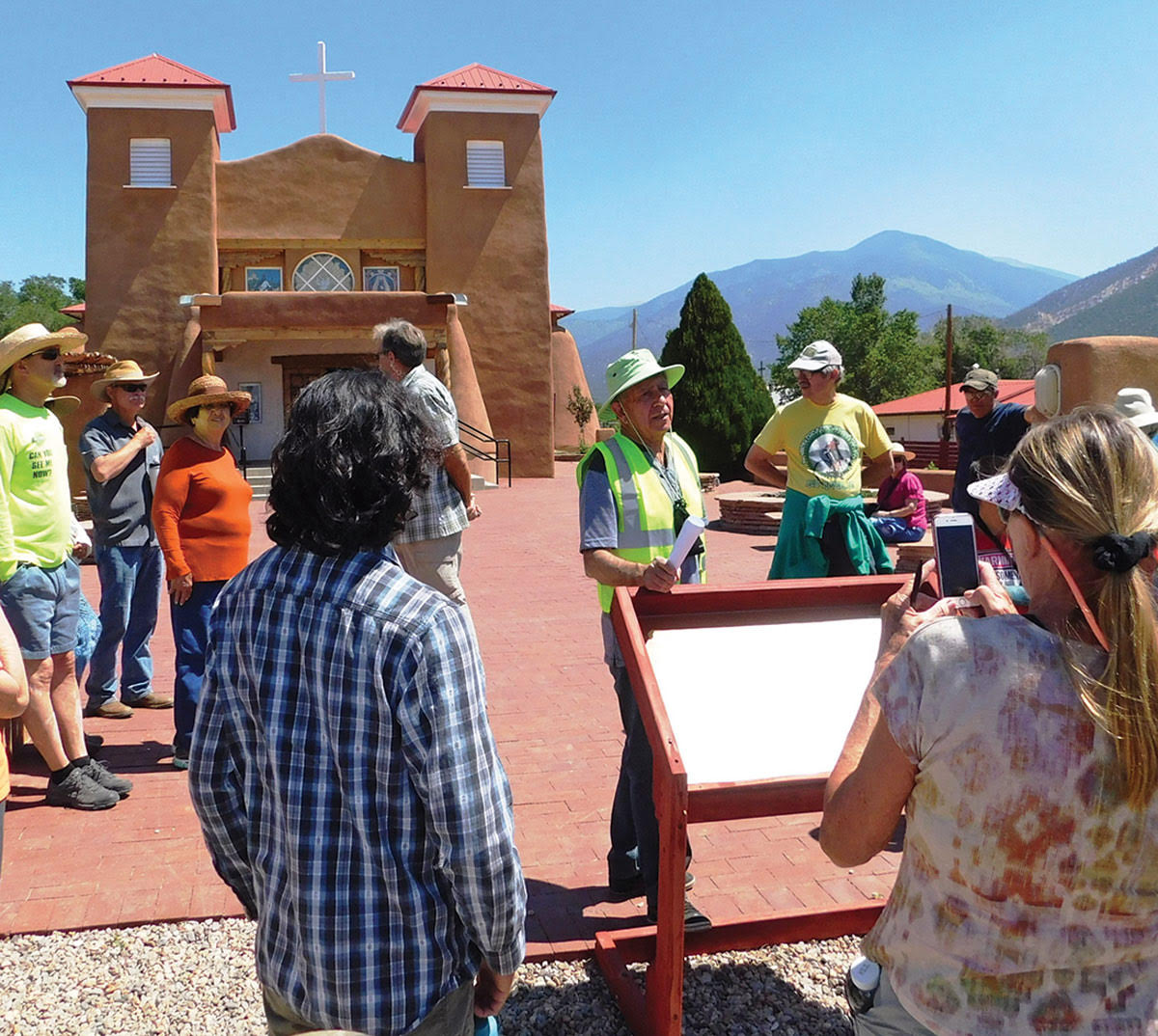
TAOS HISTORIC MUSEUMS
Harwood Museum of Art is considered the second-oldest art museum in the state and houses an impressive array of Spanish colonial and Hispanic relics, as well as works from the many waves of artists who have found their muse in the Taos Valley. Next door, the E.L Blu-menschein Home & Museum is a living museum and shrine to Ernest and Mary Blumenschein’s legacy.
Also a National Historic Landmark, the Kit Carson House near the plaza is a prime example of vernacular New Mexico adobe architecture that gives us a better understanding of how people lived in the 19th century. Restoration, at an estimated cost of $3 million, will stabilize and rehabilitate this 200-year-old historic adobe structure.
Down the street, the Couse-Sharp Historic Site features the former homes and studios of E. I. Couse and J. H. Sharp, two of the American-born, Eu-ropean-trained artists who formed the Taos Society of Artists in 1915.
Part of Taos Art Museum at Fechin House, the Fechin House was once home to the Russian artist, Nicolai Fechin. Today, the beautifully restored adobe building is a museum dedicated to Fechin’s life and work. The museum’s collection includes Fechin’s paintings, drawings and sculptures, as well as works by additional Taos artists.
Millicent Rogers Museum houses an impressive and priceless collection of Native American art and jewelry, His-panic textiles and Spanish colonial art.
Hacienda de los Martinez, a living muse-um on the outskirts of town, is a Spanish colonial-style fortress-like home (now on the National Register of Historic Places) that became an important center of com-merce for traders.

LITTLE RED SCHOOL HOUSE MUSEUM
Red River was born from mining. Much of the town’s mining history has disappeared like the prospectors who once sought gold, but it is still possible to find remnants of the past. The historic Little Red Schoolhouse houses a museum with numerous artifacts and photos from Red River’s past. Stop by and say hi to the museum’s caretaker, longtime Red River resident Mary Miller. Check the museum’s Facebook page for hours: facebook.com/redriverhistorical.
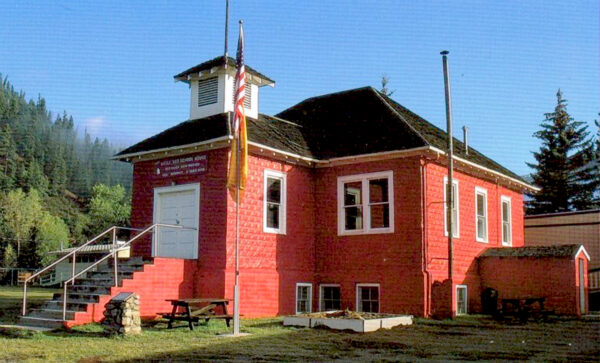
EAGLE NEST GATEWAY MUSEUM
This visitor center and museum is the place to go for information — current and historical! Look for collections from the Moreno Valley’s mining and agricultural history, along with information about the Eagle Nest Lake dam. Look for a spate of special programs/tours this summer: Eagle Nest Dam tour; geology tour of the Moreno Valley; outlaws, bummers and vigilantes; intro to fly fishing; gold, gold, gold; and Eagle Nest Lodge. Jack Sch-weitzer, museum board vice president, notes, “All subject to finalization based on volunteer availability.” Check visiteaglenest.org.
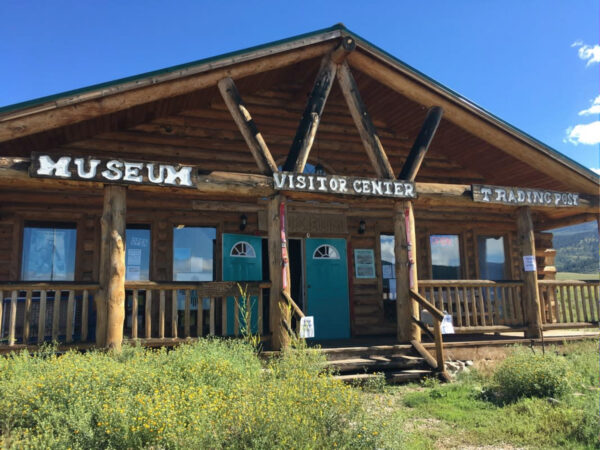
CIMARRON & PHILMONT MUSEUMS
A stop on the Santa Fe Trail, and part of the 1.7 million acre Maxwell Land Grant (also known as the Beaubien-Miranda Land Grant), Cimarron features a num-ber of unique landmarks, including the St. James Hotel, built in 1875 by Henri Lambert.
The Aztec Grist Mill (now a museum), built by Lucien Maxwell in 1864.
At Philmont, Kit Carson Museum at Rayado is an authentic 1850s hacien-da and living history museum.
National Scouting Museum helps preserve the 110-plus-year history of the Boy Scouts.
The 28,400-square-foot Villa Philmonte mansion was constructed in the Spanish Mediterranean style from 1926 to 1927. Tour guides tell the story of the Phillips family, their ranch and the gifting of that ranch to the Boy Scouts of America.
At the Historic Chase Ranch Museum outside Cimarron, the ranch, established in 1869, was owned and operated by the Chase Family for 143 years. During summer months, staff offer guided tours of the main house, grounds, orchards and tack room. The museum site includes restrooms, pic-nic amenities and a gift shop.
